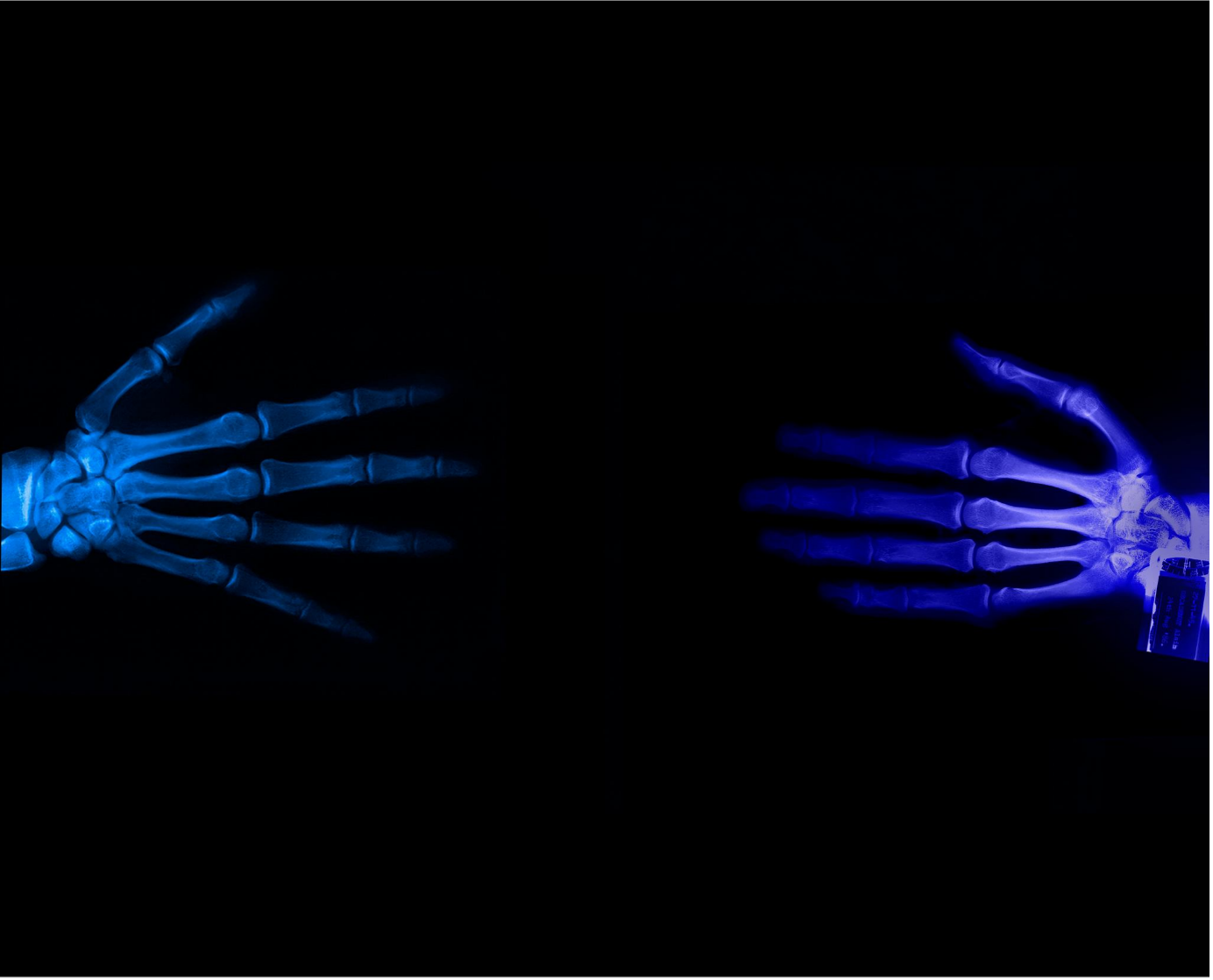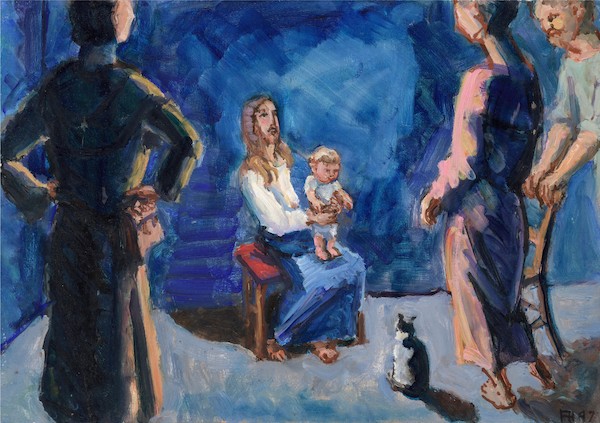Holland is known as the land of Rembrandt, but in many respects Rembrandt is a stranger in this country, with little of his work to be seen here. In contrast, to call Flanders the land of Rubens is saying something of real substance. Rubens’ work can be seen in almost every church one visits there, in every museum one enters. Moreover, one sees the influence and impact of his work in nearly every piece of art produced since his time.
There is no need to visit a museum to observe this, for it is evident on the streets, in the city squares, in the public decorations and in the general proportion of things – one could almost claim to smell it in the air. We can say without exaggeration that Rubens has made Flanders what it is today. The Dutch have some difficulty in appreciating Rubens. We find him too full of pathos, too short on humility; and we do not like his grand stance. To us he is not down-to-earth enough; he oversteps the boundaries of proper human behaviour. The grandeur and the lifestyle that appears to lack intimacy, despising the commonplace and freely indulging in sensual pleasures, revelling in the superhuman interplay of gods and goddesses, supermen and superwomen in every respect – these things do not go down well with us. We do not appreciate his style which elevates the revered saints so far above ordinary humans and, at the same time, bestows on them outward appearances and gestures characteristic of Rubensian daydreams.
Yet, those who have noticed the way these things have left their stamp on the way of life in Flanders and those who have immersed themselves in Rubens’ own work know that this is not just a show; it is genuine and intentional. This was the world view and the way of life of a reinvigorated Roman Catholicism that also created space for humanism to deepen and develop. The reality of the stylized life, the truth of the grandiose gesture, the familiarity of these human figures who seem at first glance to be far too hallowed, are all to be found in Rubens’ drawings.
Now Antwerp, the city on the River Schelde, which in her whole appearance testifies all too clearly to a love of her greatest son, wanted to honour him even more and have done so with an exhibition of his drawings in the Rubens House. Seldom has such a comprehensive collection of his drawings, representing all the stages of his development, been assembled in one place, taking into account also the latest discoveries in the field of Rubens scholarship.
We see here a series of drawings from his earliest period that has never been exhibited before, from when at the age of twenty he immersed himself in German woodcarvings and the paintings of old Flemish masters and copied some of the figures from them. There are drawings from his time in Italy, copies of works by Michelangelo, Raphael and Leonardo [da Vinci], and particularly of classical works. It was in Italy where he learned to see people in a new way, and the studies from nature show how this style became completely part of him. Although, in observing these drawings, there can be no doubt that they represent the models, we notice that from the outset he stylized the human body to be more muscular, more beautiful, than it really is –more classical and ideal than the real, not-so-Olympian body. The drawings by Rembrandt, viewed in the same way, record the human body in a very down-to-earth way and technically very different.
There are also the sketches that record the initial inspiration for Rubens’ large compositions. But the drawings which interest us most, apart from art-historical considerations, are the studies in which he pays close attention to each individual figure, such as the live drawings made in preparation for the huge works currently hanging in the Antwerp Cathedral, works that brought fame to this young painter returning from Italy. The technique he developed for this kind of drawing is outstanding, making effective use of black, red and white chalk on tinted paper. Over the years, Rubens’ command of this technique improved, and eventually reached its climax in the beautiful sketches for the painting entitled Garden of love. Grandiose, improbably stylish, and yet far too realistic to be called a work of fantasy, a young man in a flowing robe strides down the stairs, and men and women indulge without embarrassment in life’s sensual pleasures.
Yet more extraordinary is his close fusion of reality and stylizing, of grand living alongside the ordinary workaday world, in his drawings of landscapes, animals – powerful cows that still manage to look like cows – and farmers and their wives at work. Extraordinary, especially because we have so much Dutch art available for comparison. When viewing these marvellous Rubens drawings, one must admit that this master presented ordinary people in all their boorish existence without turning them into bloodless Arcadian shepherds, something that other Baroque and classical artists have often been guilty of. But we also sense, from the whole way in which he sings the praise of these people, that he perceives them and their land with the idealistic eye of the aristocrat, and that his dream of life elevates them imperceptibly above the mundane. As Dutch folk we simply cannot identify with such a fusion of observation and stylization, of simplicity and flourish. However, it does show that Rubens was not playing a game or posturing; he simply expressed life as he knew it. The large exposition entitled 'Scaldis' (Schelde) shows us clearly how much Rubens contributed to the character of the city of Antwerp. In attempting to present an overview of all the art and culture of this city, many widely divergent pieces were assembled together.
It is a remarkable exposition which, as a direct result of its too widely divergent limits and its impossible attempt to be comprehensive, gives a curious impression. At times it feels as if one has ended up in a junk-filled attic, until one looks more closely and sees that what has been assembled is not that bad, and that after all there is some organizing principle. At other times one seems to stumble from one surprise to the next. For example, at one moment one is confronted with a gorgeous, completely unexpected masterpiece like a lovely golden chalice, only the next moment to be looking at half-faded photographs of a cheap-looking stained-glass window. Then again, one suddenly comes across an absolutely arbitrary group of ten sixteenth-century paintings, including several masterpieces as well as a passable copy. And there are five beautiful Rubens paintings to grab one’s attention, as well as a complete series of tapestries he designed, which in themselves make a trip to the exhibition worthwhile. But to see those five paintings, one had to first walk around a showcase with . . . alas, we forgot to look. It is a grand effort to gather together 1100 pieces with the purpose of portraying an entire bygone era – and in that grand gesture too we see a little of Rubens’ mind as it still inspires the Schelde city. Why would it surprise us that in their bold effort to display everything – furniture, cannons, architecture, sculpture, fine ironwork, tapestries, chests, prints,drawings, chasubles, book bindings and so on – a few mistakes crept in?
In short, this is an exposition which would be unimaginable in our own country, where our perfectionism will never honour a gesture unless it has also proved to be completely responsible. But what we see here is alive and true, sincere and authentic; and why shouldn’t we allow ourselves to be carried from one marvel to the next, so that, maybe just for once, we too can experience the fullness of life evidenced in Rubens’ drawings?
Originally published in Dutch in Trouw, no date (between 1949 and 1956).
Published in English in M. Hengelaar-Rookmaaker (ed.): H.R. Rookmaaker:
The Complete Works 1, Piquant – Carlisle, 2003. Also obtainable as a CD-Rom.
%20(1).png)












